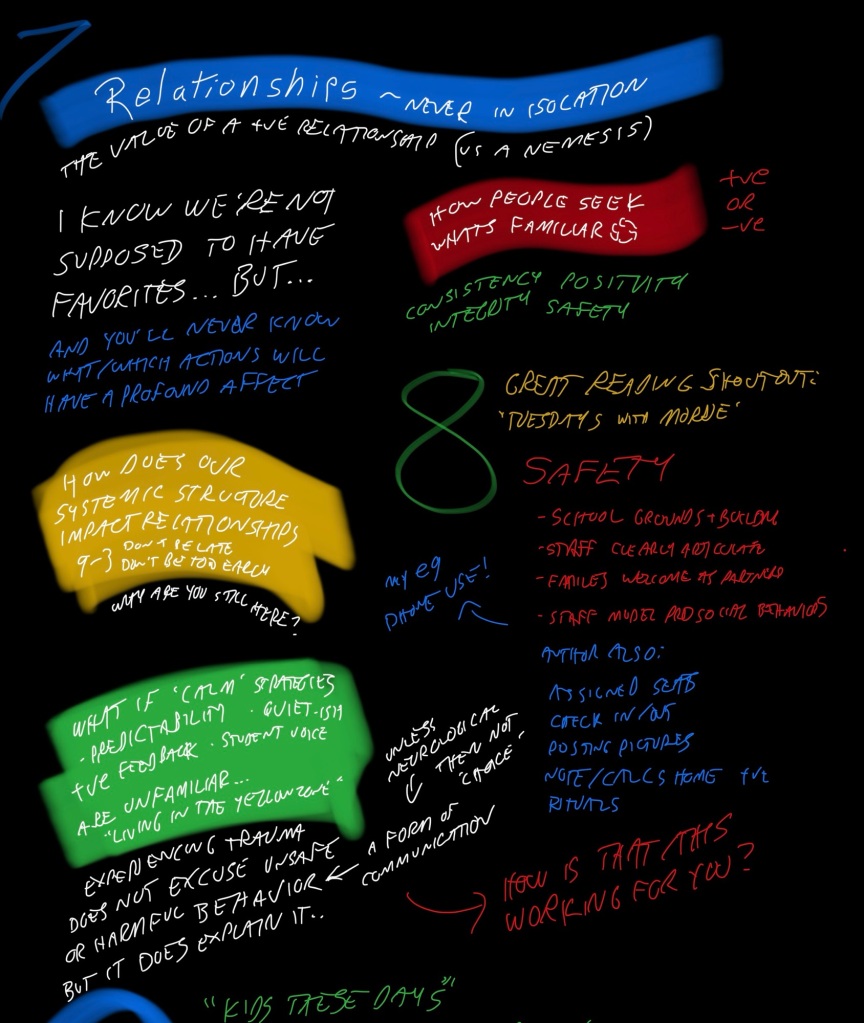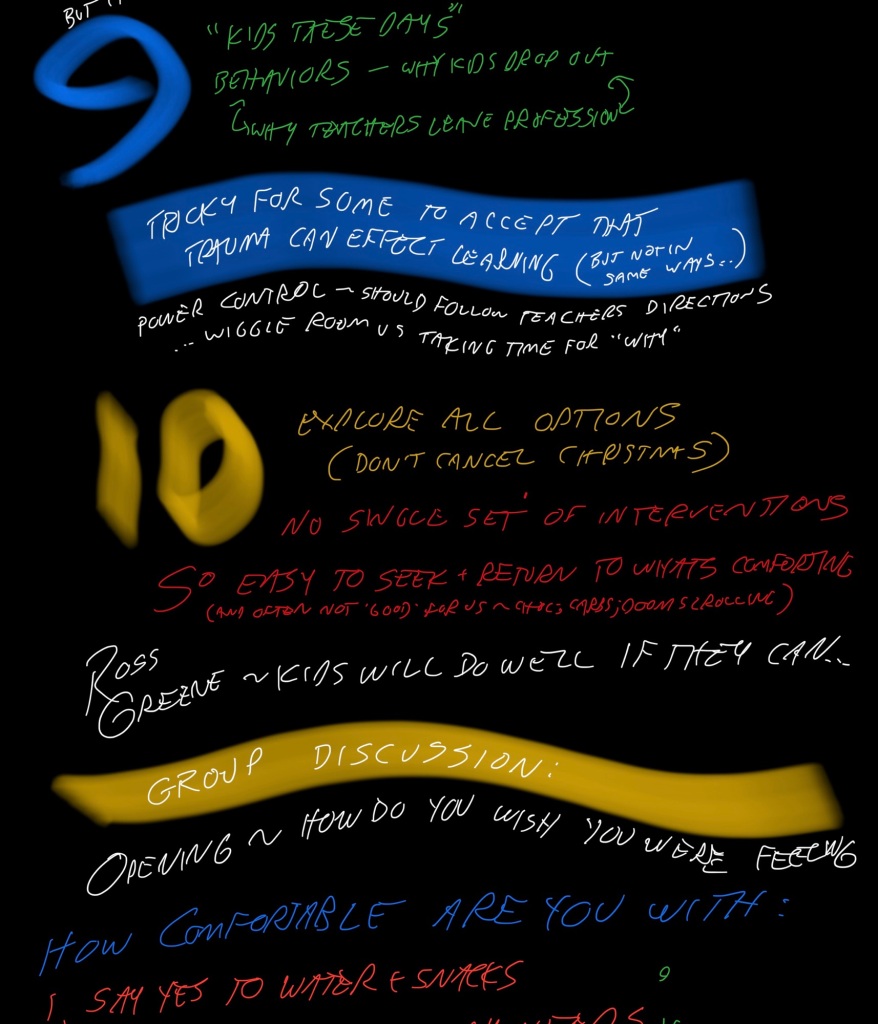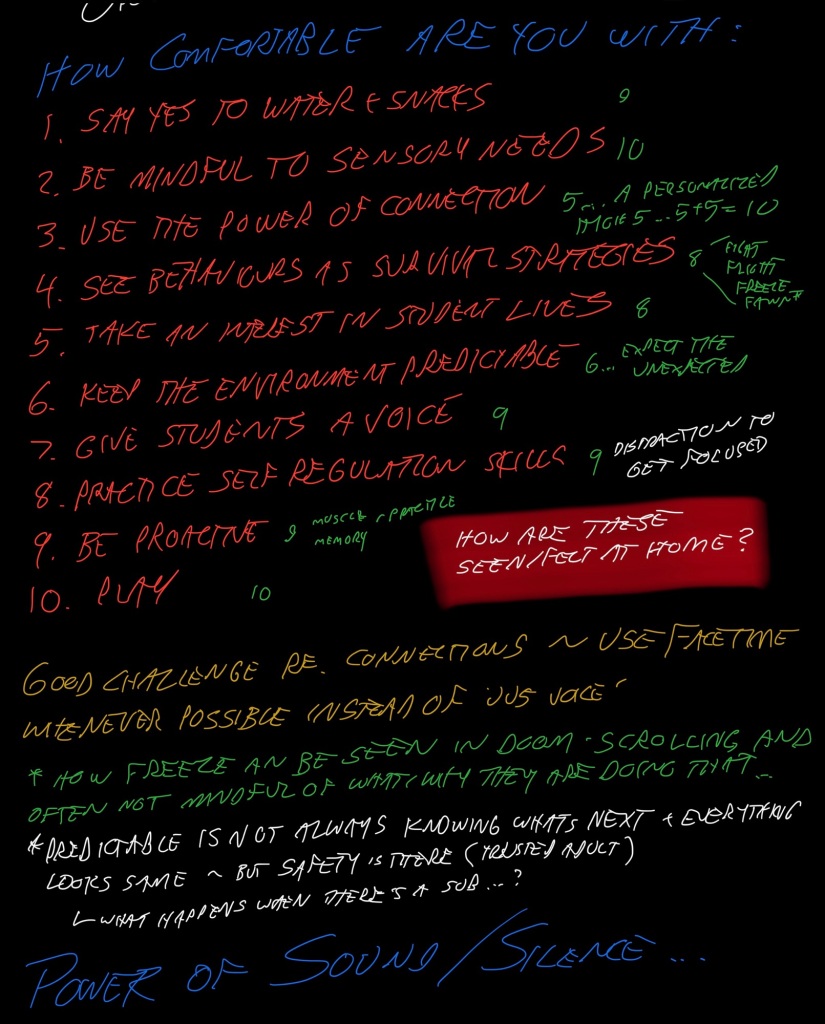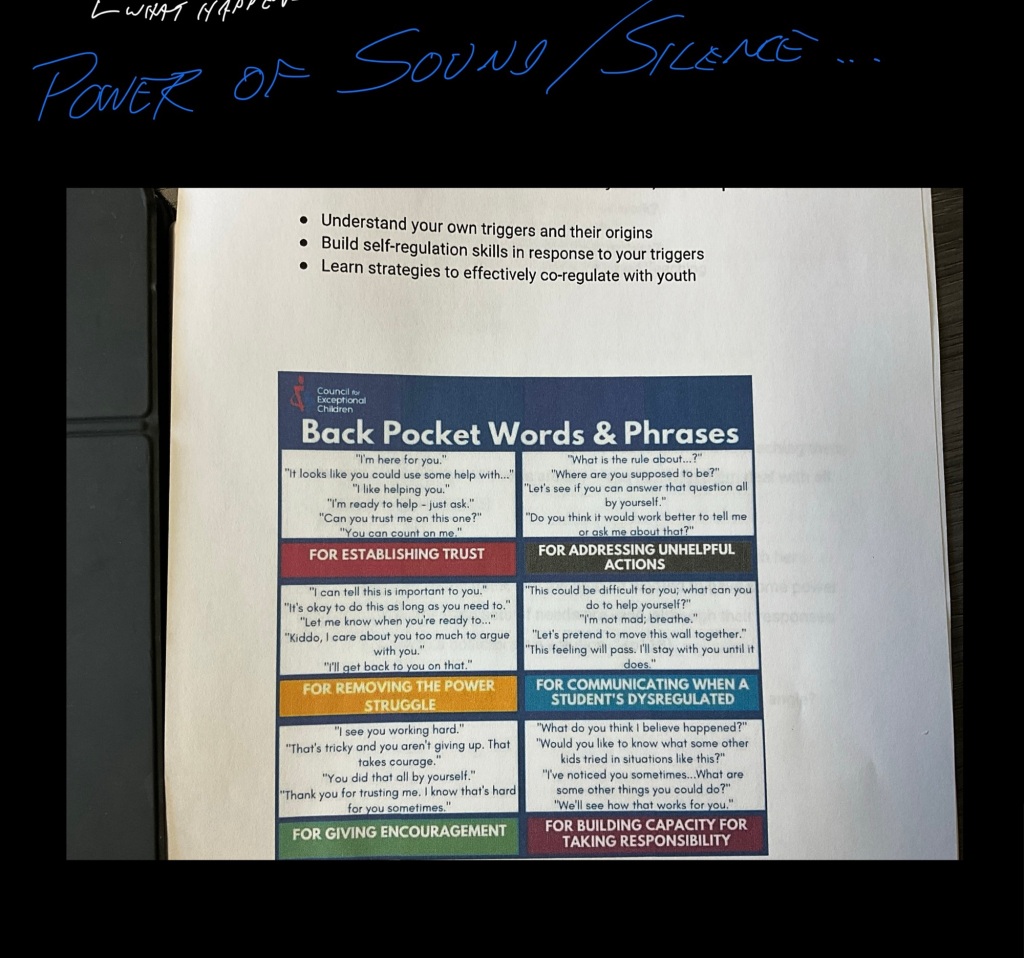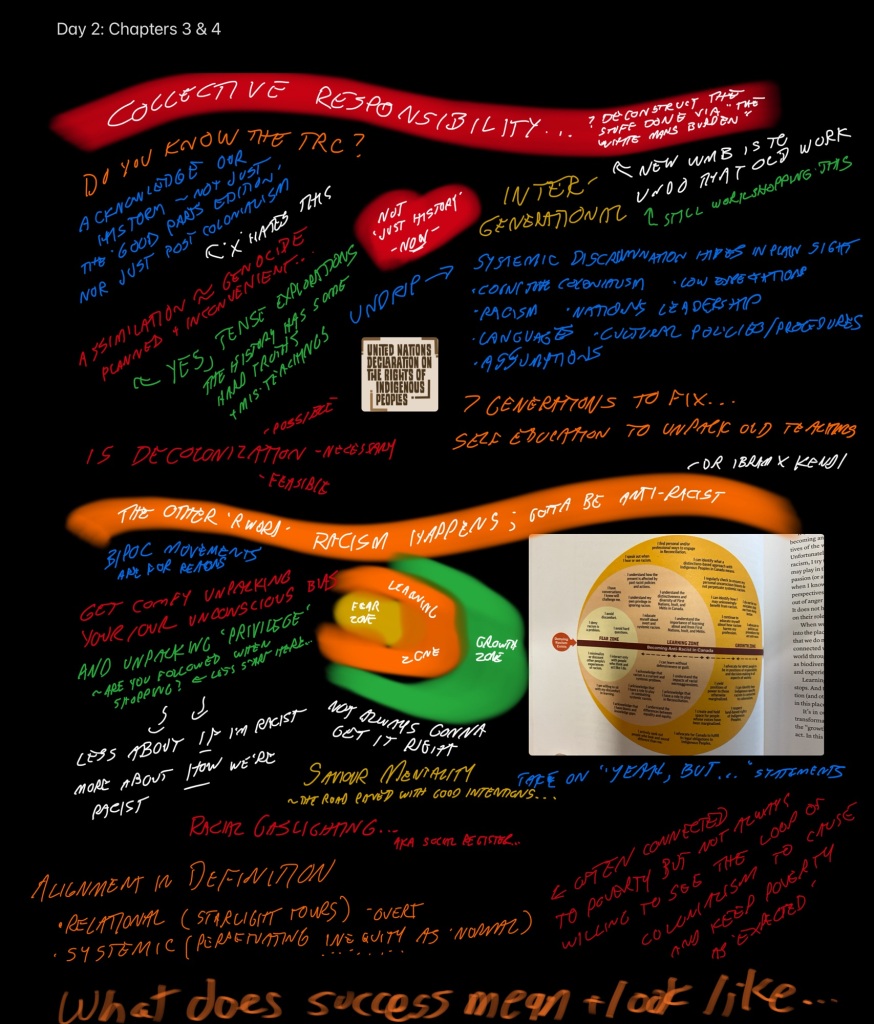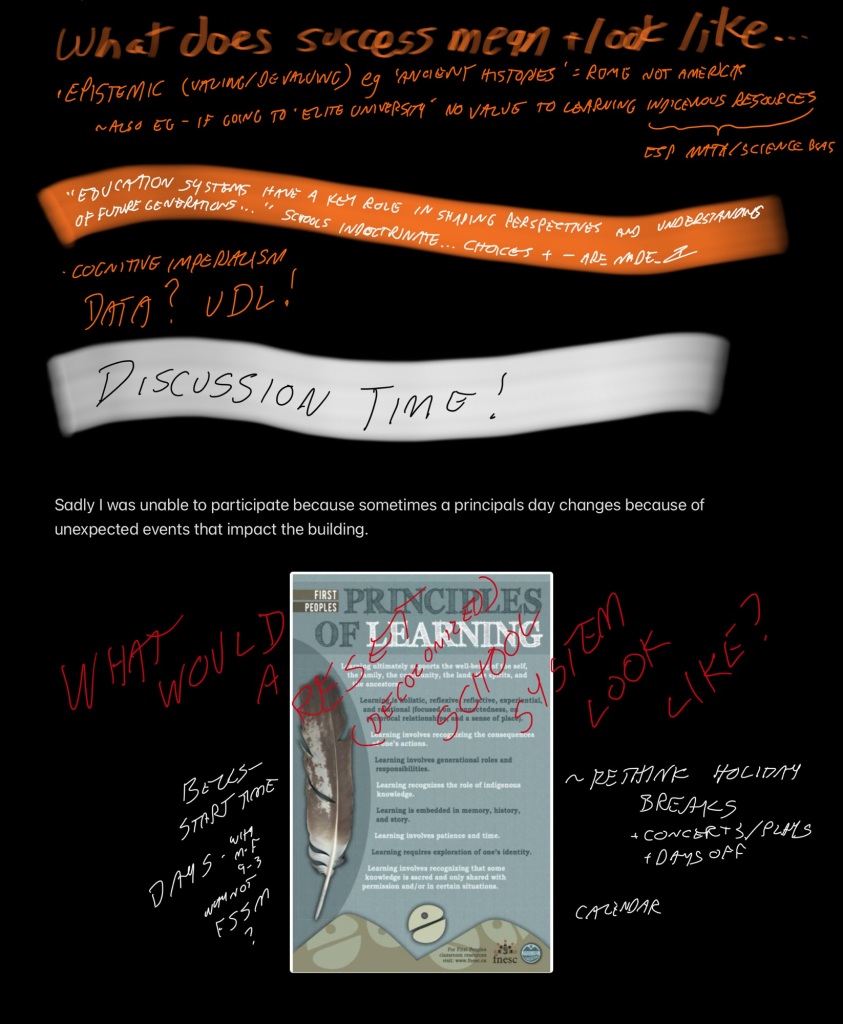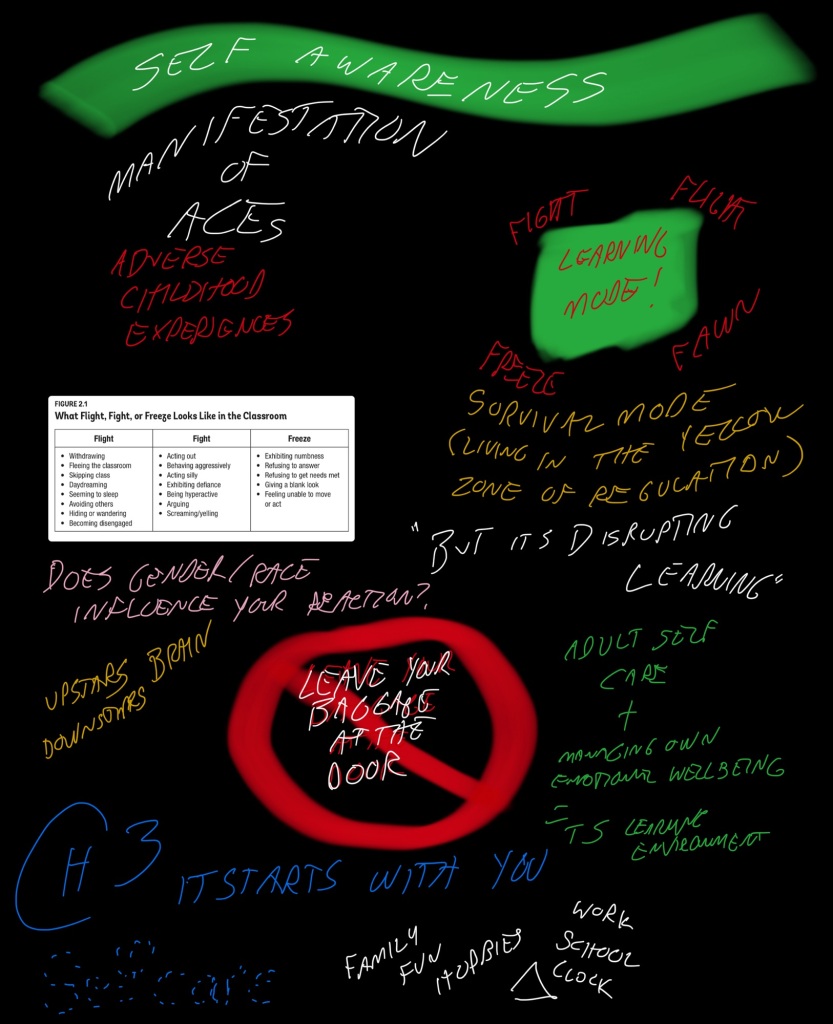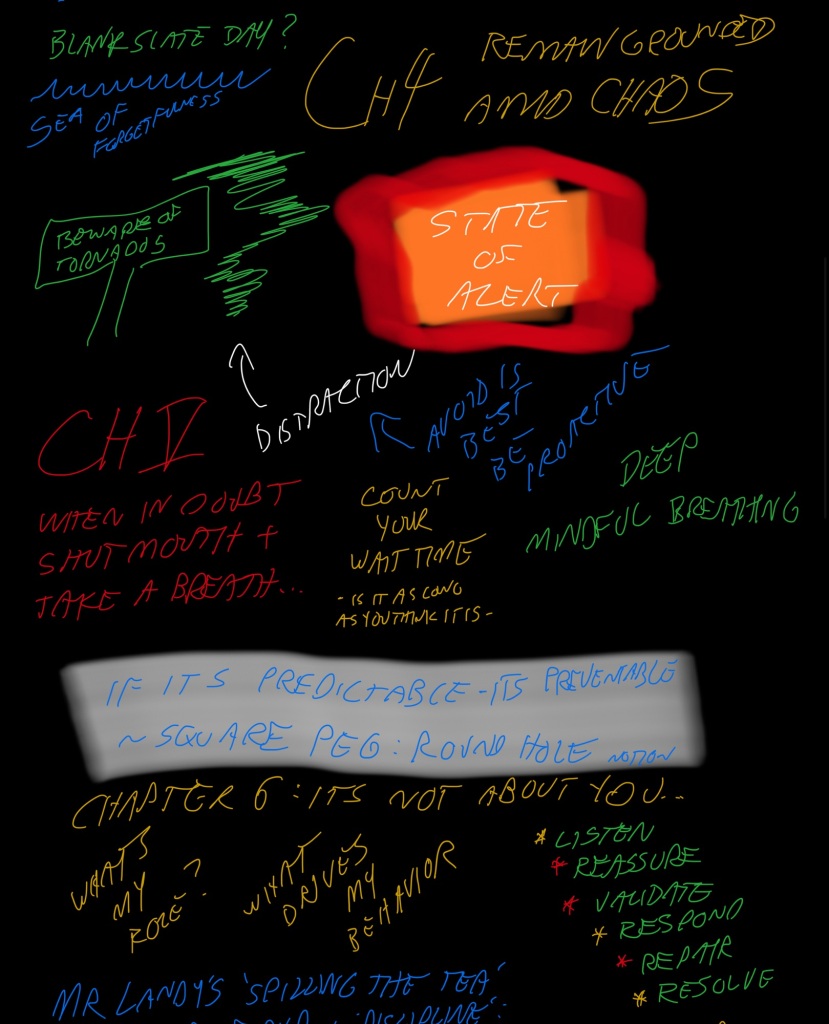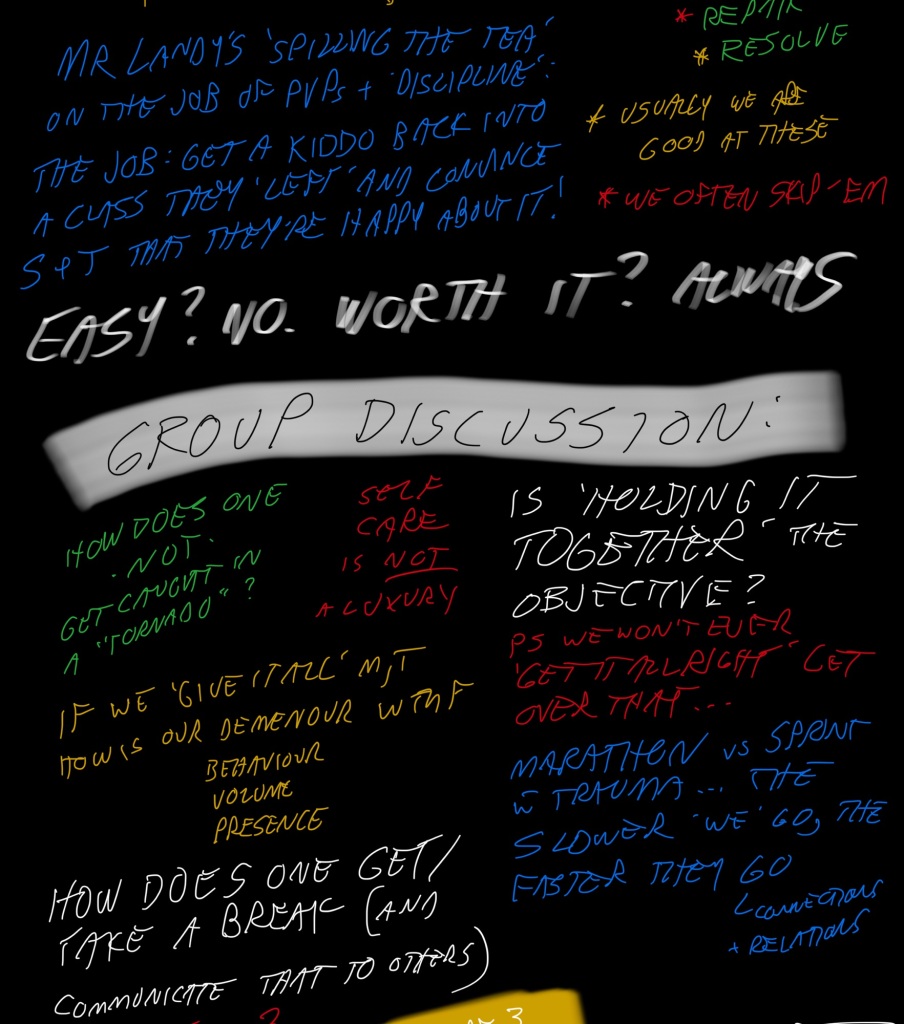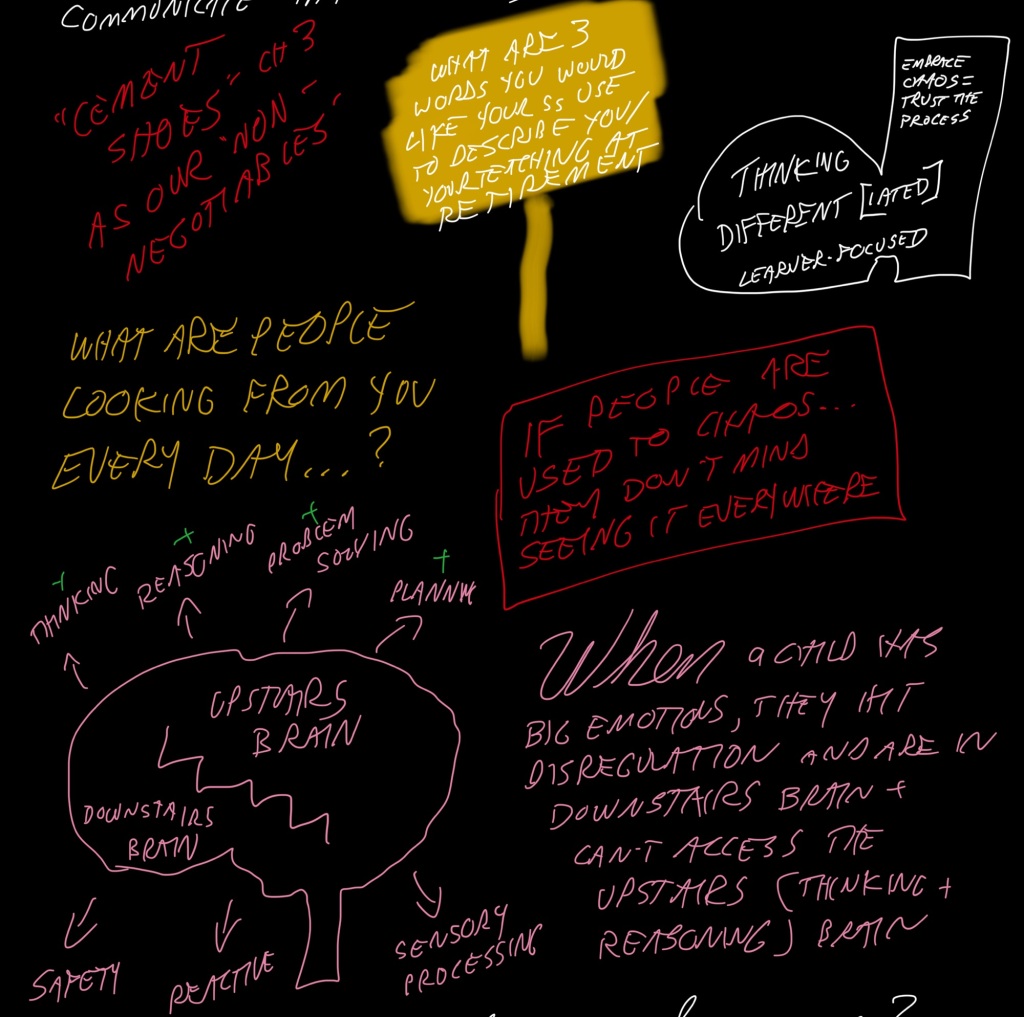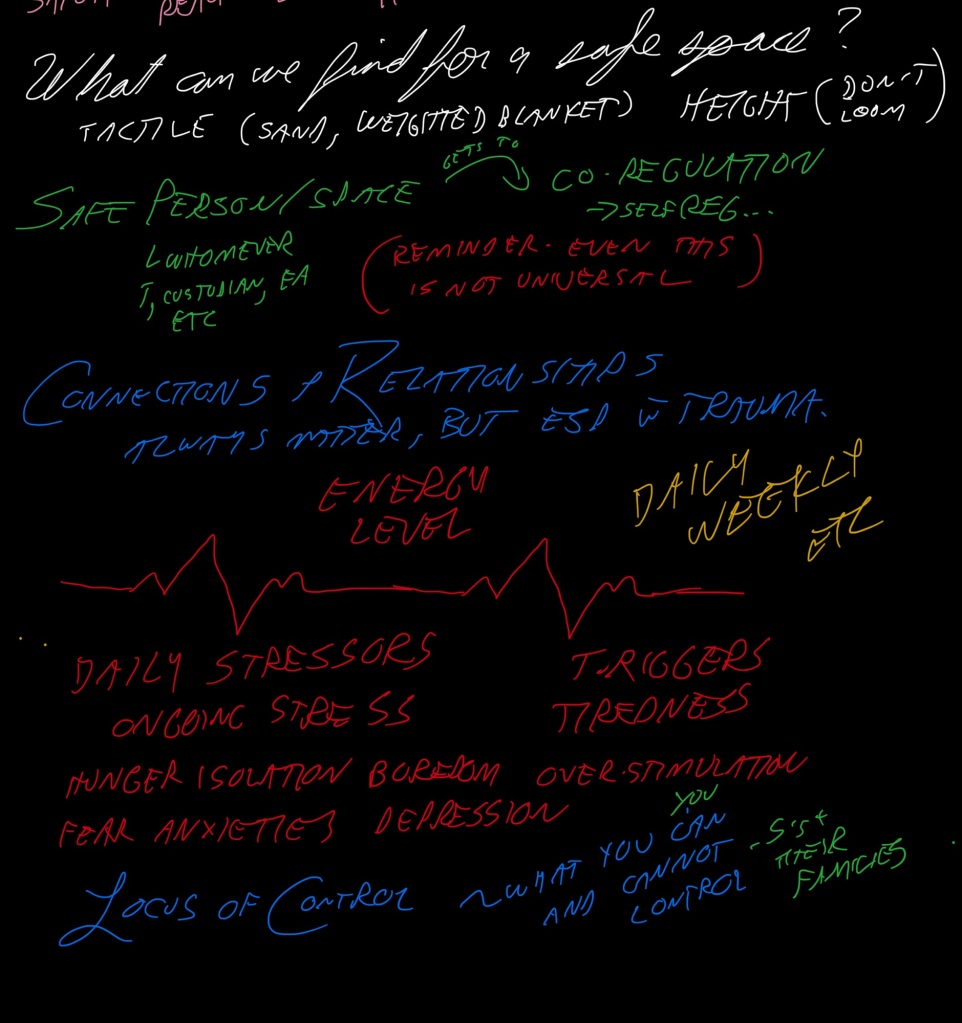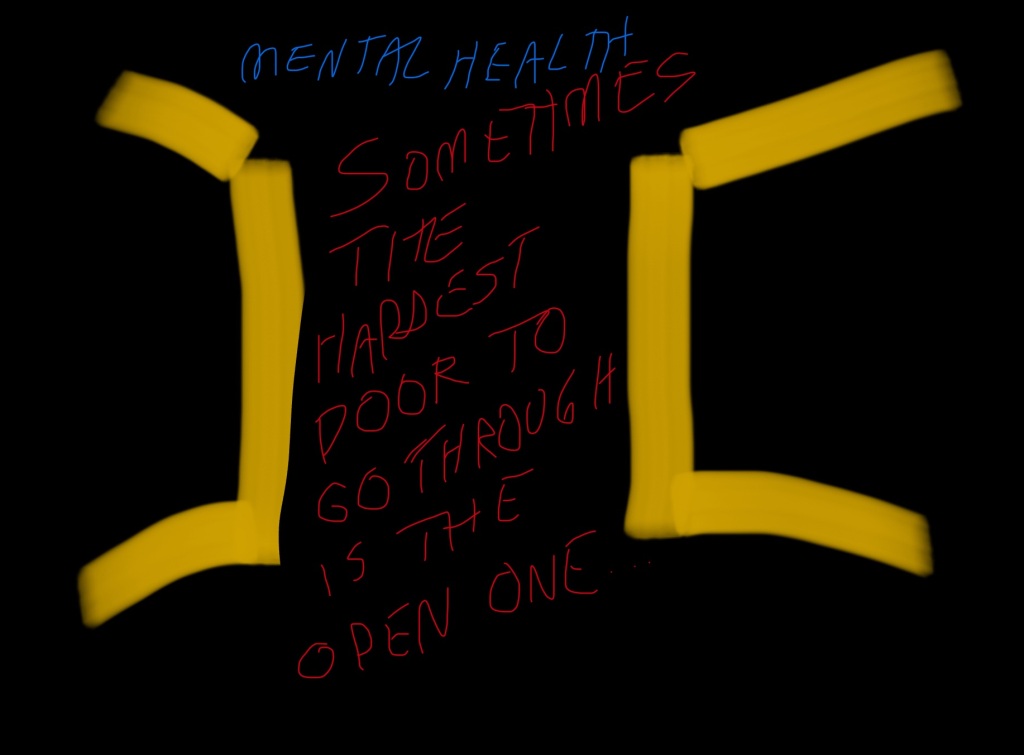Day 142 (of 2023/24) cursive and IQ fading? Thinking exercise via @mailonline
…the added tech benefit: print on screen and then have the tool translate it into more easily editable text so you can get it into dyslexic friendly comic sans! (Spoiler: I am trying the looping technique I have enjoyed in youtube shorts where the ending synchs with the beginning…
Well… first, I’ve never been a big fan of cursive – as a student it was an impediment to my learning which our family’s Apple IIe cured. Secondly, IQ is too often used as a tool for which it was not designed and has enough racial, cultural, and social bias within it that maybe it’s not the tool we use to measure that thing called “intelligence”
But the Daily Mail brings up some fun food for thought in education: https://www.dailymail.co.uk/sciencetech/article-13273363/handwriting-extinction-IQs-begin-fall.html
America’s fight to save handwriting from extinction as IQs begin to fall for first time ever and teachers warn some 20-year-olds can’t sign checks anymore | Daily Mail Online
And, an earlier article showing how an AI tool can mimic handwriting has me more confident that it is AI that will figure out how to break some longstanding written puzzles… from Linear A to Kryptos on the grounds of the CIA headquarters.
https://www.dailymail.co.uk/sciencetech/article-12973527/AI-copy-HANDWRITING-tell-written-robot.html
AI can now copy your HANDWRITING – so, can you tell which of these was written by a robot? | Daily Mail Online
Articles by Daily Mail that look at IQ tend to look at ‘how you compare’ using some different IQ tests.. which overall just measure how well you do on IQ tests… Mensa elitists only know that they are good at passing those set measurements: https://www.dailymail.co.uk/femail/article-11665875/Are-smarter-three-year-old-Mensa-quiz-IQ-measures-up.html
Are you smarter than a three-year-old? Take this Mensa quiz to see how your IQ measures up | Daily Mail Online
Heck: test your own “IQ” on a variety of online IQ tests… just expect to have to pay to get the results…
So… what’s going on with cursive and IQ.
Cursive tends to have a reputation of being faster because it flows… my experience is that is only helpful if you can decipher your own unique font later on (I sometimes struggled with my own writing). Some hate it when the letters blend together – preferring that the style and approach of block print and cursive stay separate, while admitting that ‘print is generally more legible and easier to read’. I agree – so when doing ones own writing, I don’t have a preference for what others do… print… scrawl… bit of both…
The usual argument for cursive is that the deliberate movement of fingers when forming letters enhances brain connectivity while hitting the keys on a keyboard is less stimulating to the brain… though I do wonder if ‘practice matters’… I used to type (finger movements only) what I was hearing going on around me in order to improve my speed and accuracy. I sometimes still revert to using my fingers to connect with how a word is correctly spelled. I believe in learners building rigor with the use of pens, pencils and sytlus’ – but my tendency is to support pencils and writing and typing overall… my (un?)conscious bias because those are the approaches that have worked best for me… Printing in pencil for quick edits; typing with longer prose that may need more revision.
My bias remains that I have regularly (when I have a classroom) taught how to read cursive; but made it optional for the students to explore it. But I also encourage ‘readers’ to take some time and look for cursive outside the school building.
IQ Tests have some flawed genetic research behind it. It is unable to measure non-cognitive abilities which are equally (or more so) essential for ‘success’ <— all depending on what the standard aligned definition of what ‘success’ means for learners…
The originators of the IQ test – Alfred Binet and Theodore Simon were not intending their test to be about intelligence, but rather to identify children who needed some academic assistance… and be mindful, in the early 1900s… neurology has come a long way, baby! The eugenics movement is how the IQ test shifted towards “age norms” and then used to identify some (but not ‘our kids’) as feeble minded. Binet believed his test had limitations… Stanford (the school, led by a psychologist named Terman) pushed onwards…
Gotta be mindful that “IQ tests often have problem with validity and reliability. Many tests also contain biases that have contributed to scientific racism and discrimination. Understanding how these tests were developed and what they purport to measure can help us to better appreciate their potential uses as well as their limitations”.
In other words… I’m not too worried about IQs falling… and would rather efforts be put towards handprinting rather than writing. And hypocritically:
A) I do have to sometimes ask about an IQ when we are discussing whether to modify or adapt a course for a student – but I mindfully bring out my own bias fairly regularly in these discussions…
B) I do have a preference for young learners to make good use of pencils and paper (though less so on some photocopied worksheets – but I’m good with ones with open ended use such as venn diagram templates) but printing for most… cursive for those for whom it works well… and of course the added tech benefit: print on screen and then have the tool translate it into more easily editable text so you can get it into dyslexic friendly comic sans!

